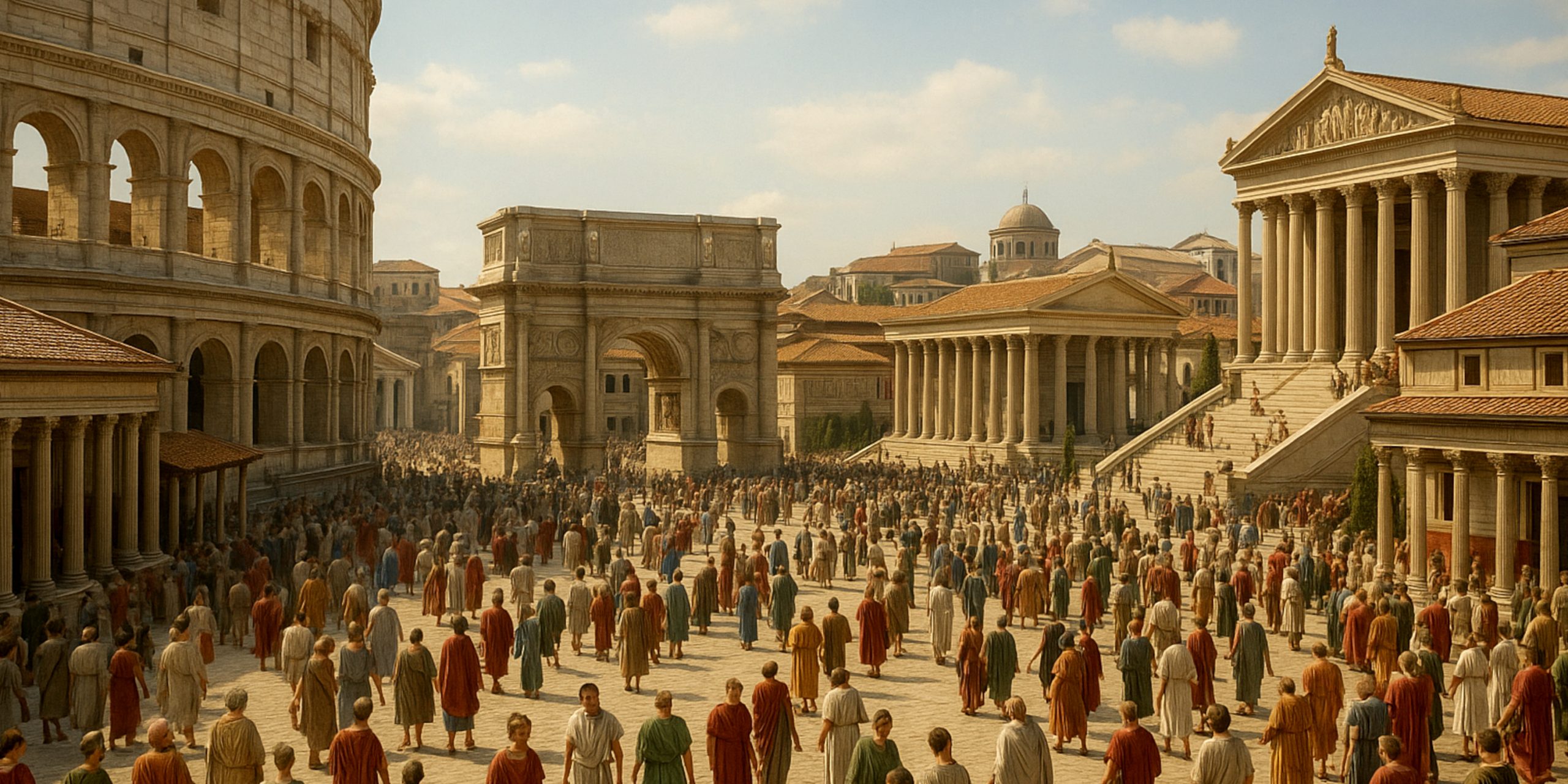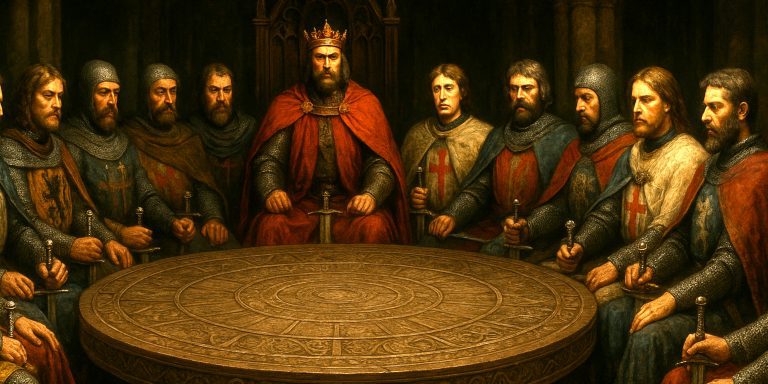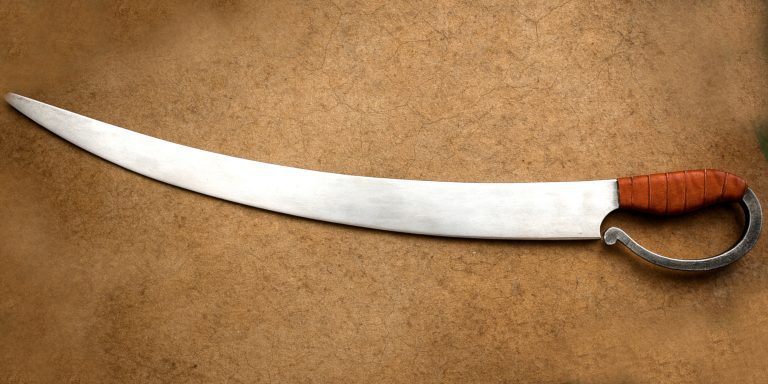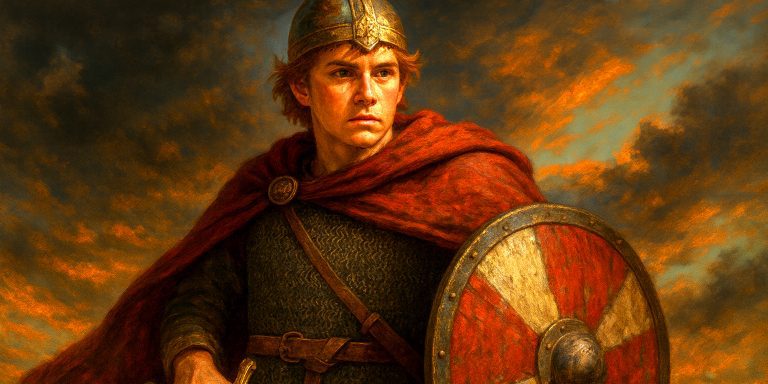
7 Facts and 7 Myths about Ancient Rome
Ancient Rome sits at the crossroads of history and myth. It’s a civilisation both astonishingly advanced and strangely familiar, its ruins still whispering of emperors, armies, and ideas that shaped the Western world. Yet, for every fact, there’s a misconception that refuses to die. Below are seven truths and seven myths that untangle the real Rome from the romanticised one.
Fact 1: Roman Concrete Was Remarkably Durable
Roman concrete, or opus caementicium, remains one of the most enduring building materials in history. Structures like the Pantheon and aqueducts still stand because Roman engineers used volcanic ash, lime, and seawater to create a self-healing chemical reaction. Modern scientists continue to study it, hoping to replicate its longevity.
Fact 2: The Roman Empire Was Multicultural
Rome was a melting pot. Citizens came from Britain, North Africa, the Middle East, and beyond. Soldiers stationed on the frontier could be from Syria, traders in the Forum might speak Greek, and freed slaves could become wealthy citizens. The empire was less a single culture than an administrative web of peoples united by law and military might.
Fact 3: Women Had More Rights Than in Many Other Ancient Societies
While Roman women couldn’t vote or hold public office, they could own property, run businesses, and influence politics through family ties. Figures like Livia Drusilla and Agrippina the Younger held immense behind-the-scenes power, proving that Roman women were not as invisible as history sometimes suggests.
Fact 4: Gladiatorial Games Were Deeply Religious
The games weren’t merely barbaric entertainment. They had religious origins, evolving from funeral rites meant to honour the dead. Gladiators often dedicated victories to gods like Mars or Nemesis. Though undeniably brutal, the arena was bound by ritual and belief, not just bloodlust.
Fact 5: Roman Roads Revolutionised the Ancient World
The phrase “All roads lead to Rome” wasn’t poetic exaggeration. Roman engineers built over 250,000 miles of roads, connecting cities across Europe, North Africa, and the Middle East. These roads carried legions, merchants, and ideas, creating a network that held the empire together for centuries.
Fact 6: Roman Baths Were Social and Political Hubs
Bathhouses weren’t simply about hygiene. They were places to network, gossip, and make deals. The thermae of Caracalla or Diocletian resembled sprawling leisure complexes, complete with libraries and gardens. In many ways, they were the Roman equivalent of coffee shops or clubs.
Fact 7: Latin Remains the Foundation of Modern Languages
Though the Roman Empire fell, Latin never truly died. It evolved into the Romance languages, Italian, French, Spanish, Portuguese, and Romanian, and shaped the vocabulary of law, medicine, and science across Europe. The Romans, quite literally, gave voice to Western civilisation.
7 Myths about Ancient Rome
Myth 1: Nero Fiddled While Rome Burned
There was no fiddle, and Nero likely wasn’t even in Rome when the fire started in 64 AD. Ancient accounts suggest he returned quickly to organise relief efforts. The fiddle story emerged centuries later, part of his growing legend as the archetype of a deranged emperor.
Myth 2: Romans Always Wore Togas
The toga was formal attire, not everyday wear. Most Romans, including soldiers and workers, wore tunics. A toga was cumbersome and impractical, often reserved for public ceremonies or political appearances. It was the equivalent of wearing a tuxedo to the market.
Myth 3: All Gladiators Fought to the Death
While combat was dangerous, most matches did not end in death. Gladiators were expensive investments, trained professionals with fan followings. Their owners preferred to keep them alive for future fights. Deaths occurred, but survival and skill were often rewarded.
Myth 4: The Romans Invented Democracy
Rome had a republic, not a democracy. Political power rested in the hands of the Senate and wealthy elites, not the general populace. Although citizens could vote, the system was heavily weighted toward aristocrats. Athens, not Rome, was the birthplace of democracy.
Myth 5: Roman Emperors Had Absolute Power
Even the most autocratic emperors had limits. The Senate, the army, and the people of Rome could make or break an emperor’s reign. Many rulers, from Caligula to Commodus, learned this the hard way when their own guards turned on them. Power in Rome was as fragile as it was grand.
Myth 6: Christians Were Constantly Persecuted
Persecution did occur, but it was sporadic rather than constant. For much of the empire’s history, Christianity was tolerated or ignored. Widespread persecution only became notable in specific reigns, such as under Nero or Diocletian. By the 4th century, Christianity was not merely legal, it became the state religion.
Myth 7: The Roman Empire Fell Overnight
The fall of Rome was a slow, complex process, not a single event. The Western Empire declined over centuries due to economic strain, military pressure, and political fragmentation. The Eastern Empire, known as Byzantium, survived for another thousand years. Rome didn’t collapse in a blaze of glory, it faded, evolved, and transformed.
The Seven Swords Takeaway
Ancient Rome was both brutal and brilliant, familiar yet alien. Its myths endure because they echo the world’s fascination with power, decadence, and civilisation itself. But the real story of Rome is far more nuanced, a tale of engineering genius, political pragmatism, and human ambition that still shapes our world two thousand years later.



